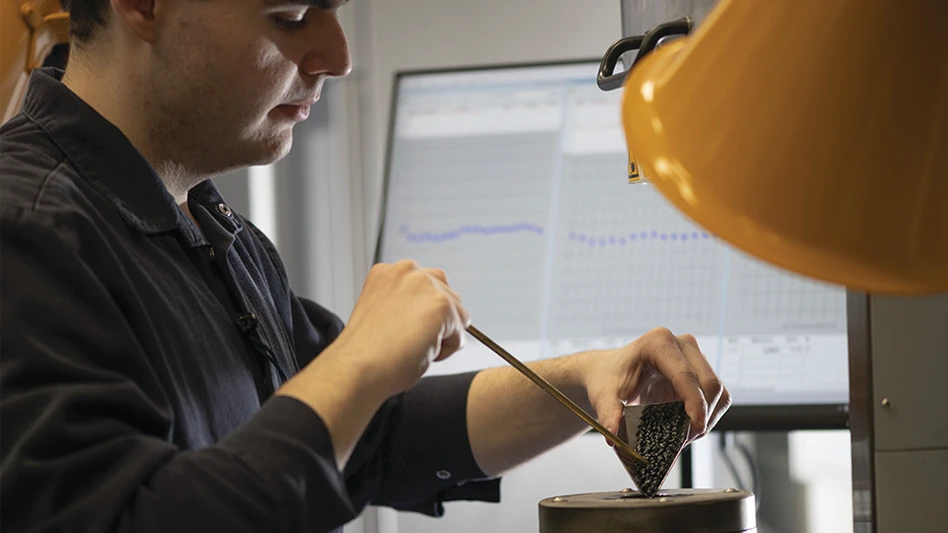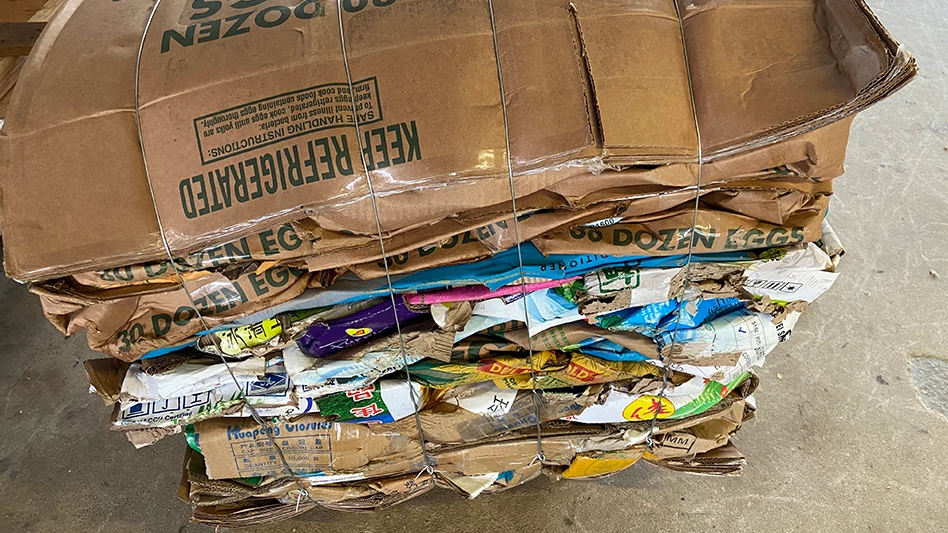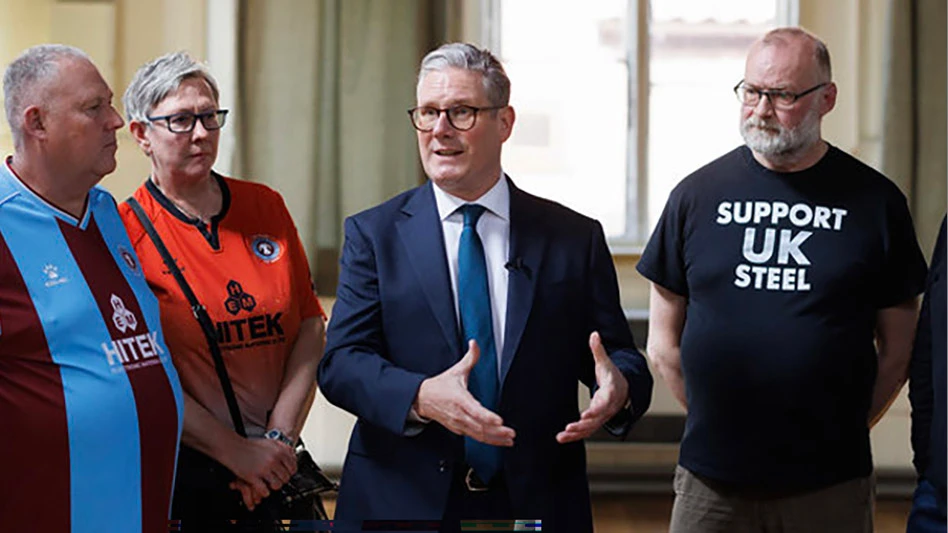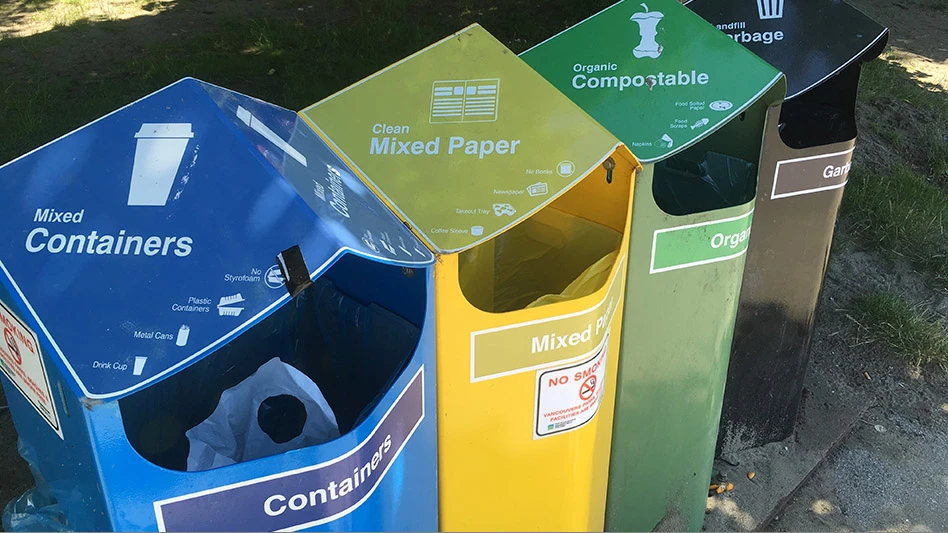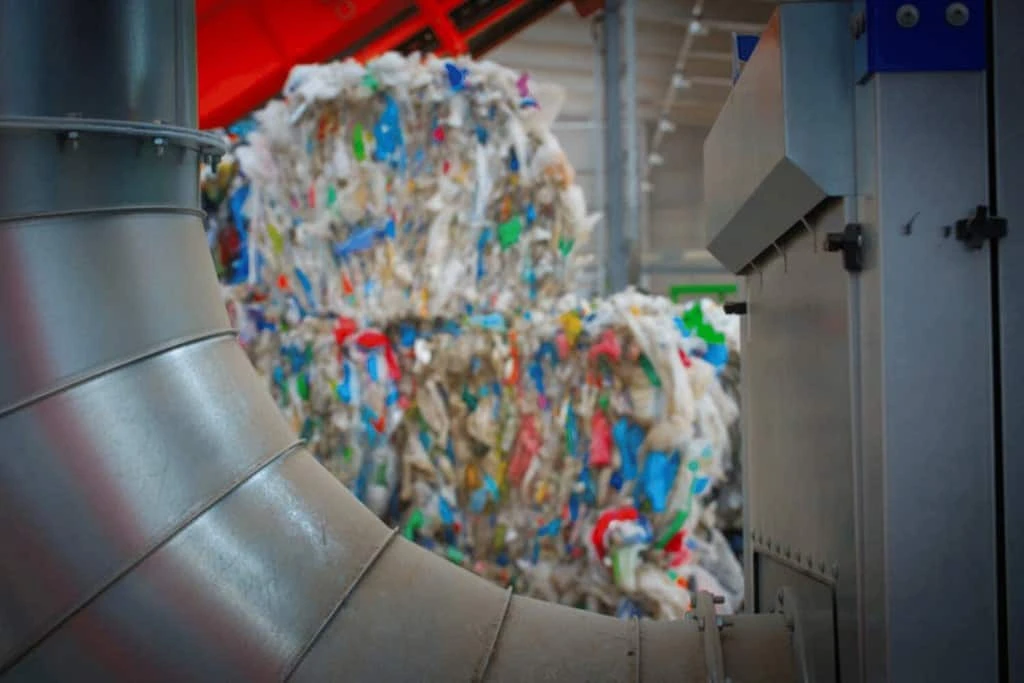
Air emissions from advanced, or chemical, recycling facilities are regulated by federal, state and local agencies and are likely to be below most permitting thresholds, according to a report prepared by Eugene, Oregon-based sustainability firm Good Company for the American Chemistry Council, Washington.
The findings demonstrate that these emissions are similar or lower than those from other common facilities, such as hospitals, college campuses, food processing and auto manufacturing.
Advanced recycling technologies can provide a solution for plastics that cannot be mechanically recycled economically. The processes turn end-of-life plastics into new compounds that can be used to create new plastics, waxes, lubricants and lower-environmental-footprint fuels. These emerging technologies can present significant opportunities to recover end-of-life plastics, and if brought online at scale can provide an important step forward in recovering plastic waste and making new products without virgin materials, according to the analysis.
“Our analysis shows that the emissions produced by pyrolysis-based advanced recycling technologies were below both common facilities air emissions and the threshold for Title V permits,” says Josh Proudfoot, co-founder and principal of Good Company.
Advanced recycling facilities are regulated by the federal Clean Air Act and state and local regulatory authorities ensure that the facilities must meet strict criteria for operating, the analysis notes.
“This is promising news for an emerging industry that has great potential to help solve the plastic waste challenge and displaces virgin materials, taking us one step closer to total recovery of plastics,” Proudfoot adds.
The report looks at emissions for six criteria air pollutants, commonly known as CAPs, from pyrolysis-based advanced recycling facilities and compared them with publicly available U.S. Environmental Protection Agency (EPA) air quality standards and federally reported air emissions data. The analysis found emissions from advanced recycling facilities to be very low.
Additionally, it found that these facilities produce very low levels of hazardous air pollutants (HAPs), well below EPA permitting requirements.
The report, titled “Comparison of Pyrolysis-Based Advanced Recycling Air Emissions to Common Manufacturing Emissions,” is an update to a 2017 report also released by Good Company. The 2021 report looks at advanced recycling facilities that can process up to 55,000 tons of post-use plastics annually, whereas the 2017 report looked at facilities that can process up to 15,000 tons annually, demonstrating rapid growth and commercialization of the industry while continuing to produce emissions that are well below federal permitting requirements.
The range of facility sizes is averaged to 55,000 tons of plastics annually and includes smaller and larger facilities—all still regulated under the Clean Air Act.
Latest from Recycling Today
- Acerinox names new North American Stainless CEO
- Greenwave closes 2024 books with red ink
- Steel Dynamics nets $217 million on record shipments
- Massive Chinese steelmaking rebound recorded in March
- LME looks into sustainable metal pricing
- OnePlanet Solar Recycling closes $7M seed financing round
- AMCS launches AMCS Platform Spring 2025 update
- Cyclic Materials to build rare earth recycling facility in Mesa, Arizona
